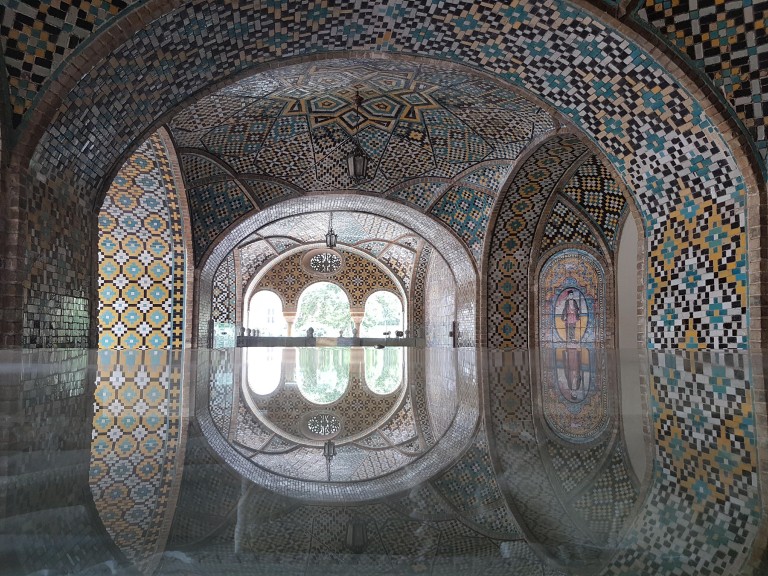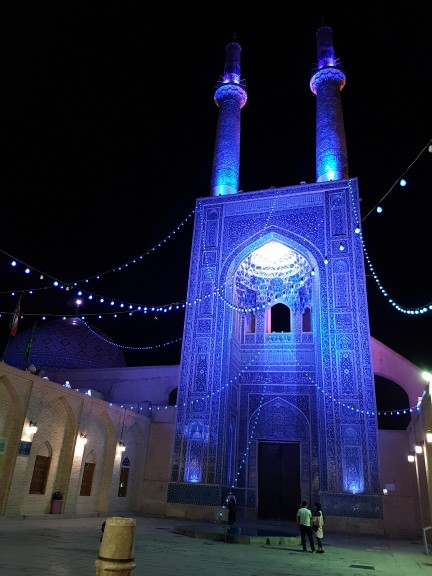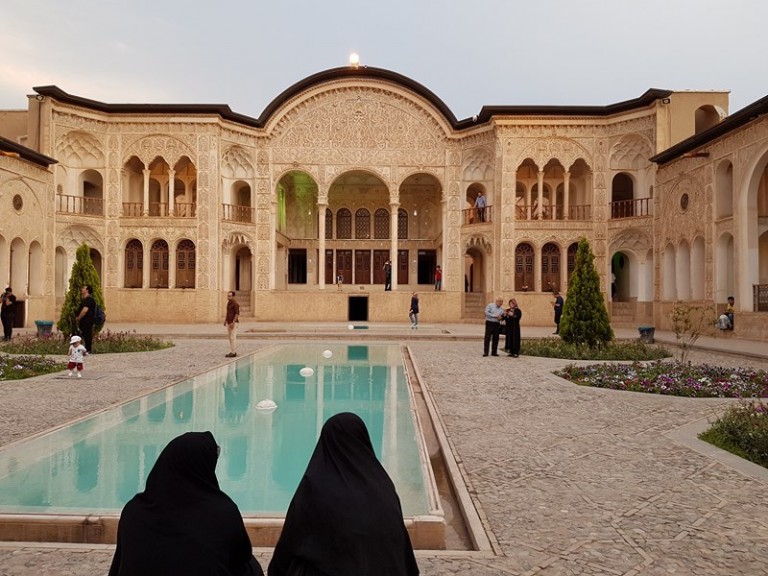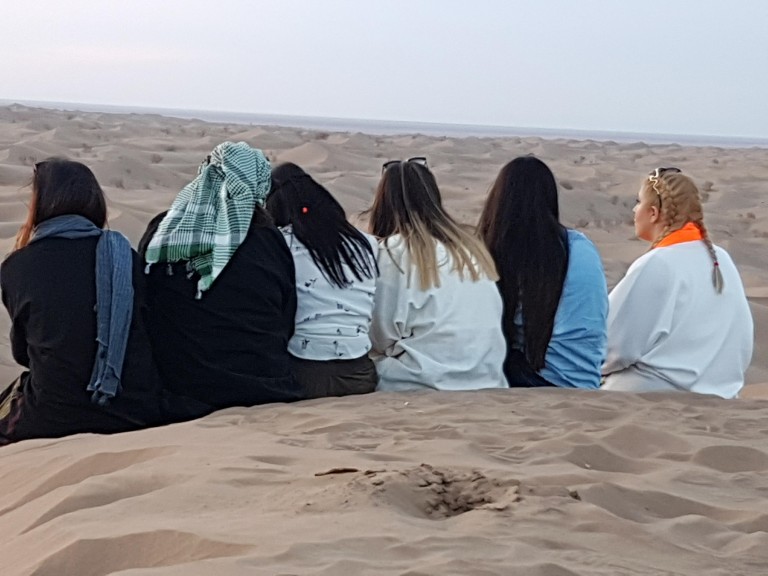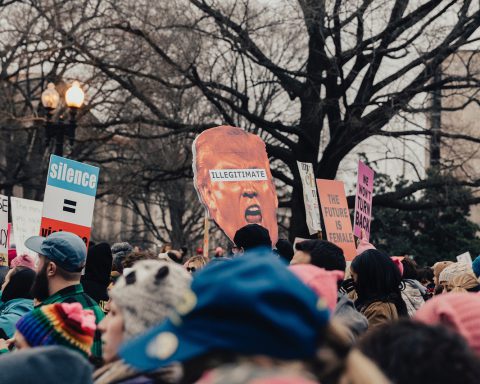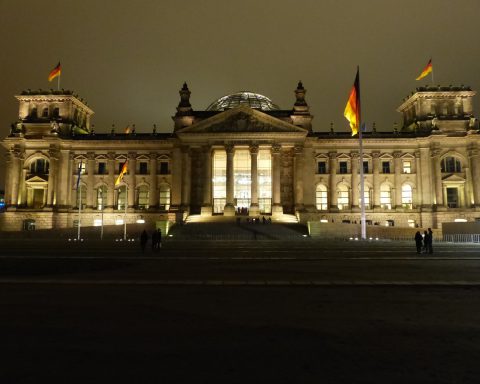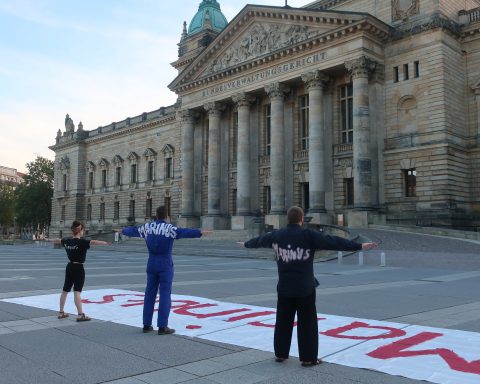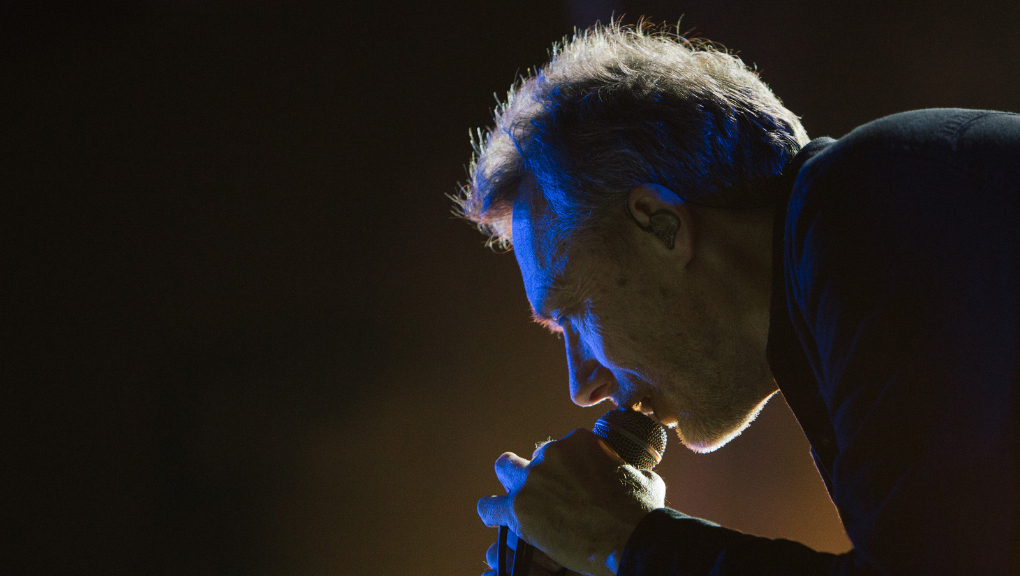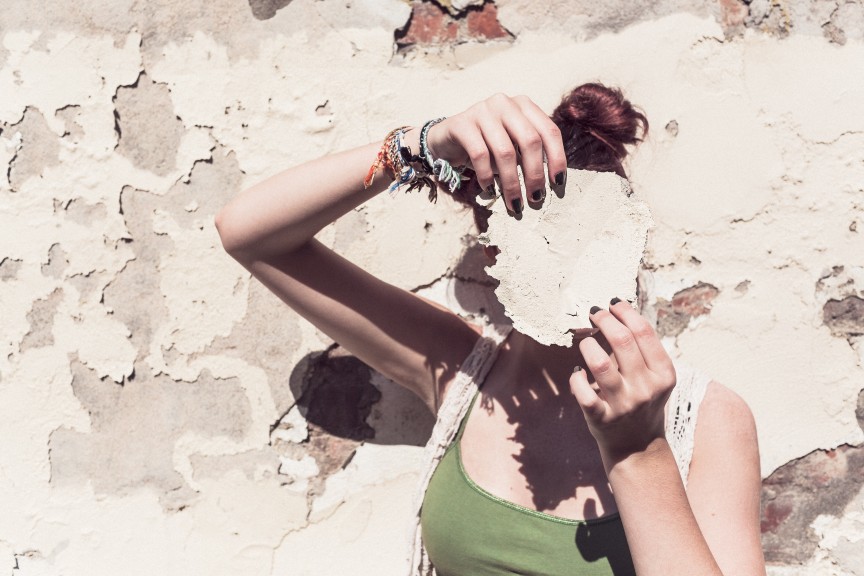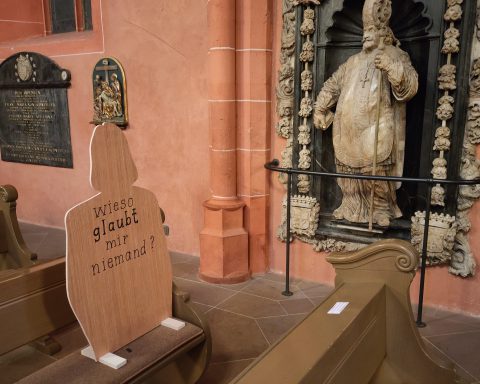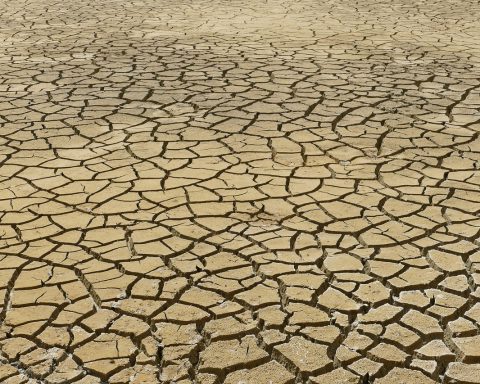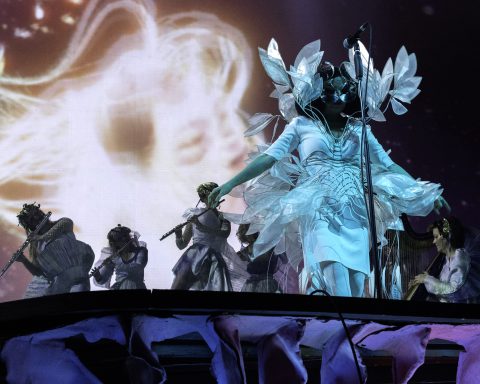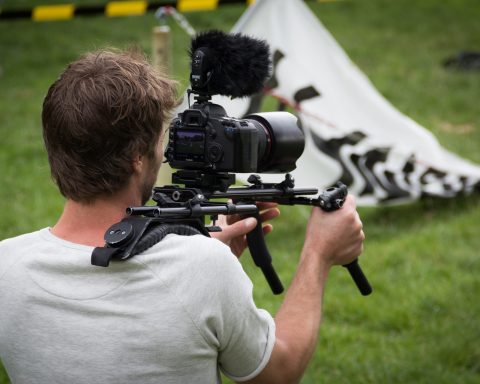Iran is on the news again. This time it’s because a certain US President withdrew from an international agreement on the Iranian nuclear programme. Meanwhile, some European countries are trying to counter the resulting implementation of new sanctions against firms doing business in Iran. All this has incredible consequences for Iranians’ everyday life.
Some of you might think that this withdrawal is a good thing for international relations in the Middle East. But I believe that this will have an adverse impact that you cannot imagine whilst living in Europe.
You probably think of Iran as an old-fashioned country, full of mullahs and religious people. I spent two weeks there in May, and this is not what I observed. I’d like to share this version, my perspective, with you.
I want you to see why this agreement is not only about nuclear power, but also about 80 million people’s lives, and why you should care.
On the days preceding and following President Trump’s decision to withdraw from the agreement, I was in Shiraz, a city in south-eastern Iran, known for its Zand architecture – especially the “pink” Nasir al-Molk Mosque and the Tomb of Hafez, the great Persian poet also known thanks to Goethe (West-Östlicher Diwan). In the streets, I did feel the tension and the crazy situation Iranians were thrown into because of his missing signature.
Many, many people went to the bank to withdraw their money to save what was left of it. Most of them tried to change these millions of Iranian rials into euros or dollars. As I asked why, the answer was quite clear – and deeply trustful: Because the rial isn’t worth anything, you need euros or dollars to keep up with business.
At the same time, due to international sanctions, it is not possible to withdraw money with a European credit card, nor wire money to Iran. This, of course, affects residents and well as tourists: It is not possible to book on your own, before departure, a flight or bus to travel within Iran.
Although the lines for the trains or domestic flights are as not as lengthy as you would expect for such a huge country (5 times as big as Germany!), you should still try to book the ticket in advance – especially from March to May, the high tourist season in Iran. But you have to have a contact on the spot or choose a tourist agency to do that for you.
I don’t like organised trips (I’m always telling myself that I’ll do that only when I’m old), so I searched for a suitable agency to help.
Besides numerous Facebook groups (such as “See You in Iran”), there exist a few little agencies organising tailor-made trips. One of them is TAP Persia, a young start-up based in a coworking space in Isfahan, which I finally chose because they organise free walking tours in different Iranian cities, and I love the concept of free walking tours.
I took TAP Persia’s free walking tours in Isfahan, Yazd and Shiraz, and even went to a local barbecue. I also managed to organise a part of the trip myself, thanks to Internet communication, like to the desert of Mesr, where I happened to fall in the middle of a techno/rave party organised by two DJs from Shiraz.
Along with a group of 100 young people, these DJs had rented two buses and travelled no less than eight hours to celebrate in the middle of the desert. The police don’t bother to come that far to curb controversial behaviour, sleeves that are too short or décolleté too revealing.
The documentary Raving Iran, shown in Leipzig, had brought to Western audiences’ attention the plight of the young urbanites who love electronic music and are forbidden to party to it in Iran – except hidden in the middle of the desert, as I witnessed in Mesr Village.
In the desert, most of the women would not wear a hijab as the Law prescribes: fashion, in Iran, is an act of rebellion.
Iran is a country with a million-year history going well beyond the current mullahs and theocracy. Think of Persepolis and the Achaemenid Empire. Think of Zoroastrianism, one of the world’s oldest (monotheistic) religions, having been founded and institutionalized in Iran.
By the way, did you know that, even though only very few Zoroastrians live in Iran nowadays, some contemporary famous figures such as Freddie Mercury are or were Zoroastrians? That the concept of good and bad, of paradise and hell, wandered from Zoroastrianism to Christianity via, for example, the mutation of the Greek word paradeisos? The latter was taken over by the Greeks from the Persian term pairi-daeza, designating a royal hunting garden from the Achaemenid (559-330 BC) and Sasanian (224-651 CE) eras.
Do you know how creative you have to be to survive in a mostly desertic plateau? Persians created so-called badgir to catch the wind and cool their houses. Most of the well-known examples are situated in the old city centre of Yazd, along with more than 55,000 qanats – underground man-built channels bringing water from the mountains to the oases and cities. The latest were still in use until the 1960’s.
With TAP Persia, I went to Abyaneh on the way from Kashan to Isfahan, and stayed at a traditional home on Qeshm island with locals who made us feel like part of their family. A highly competent guide accompanied us from Yazd to Shiraz via Pasargadae and Persepolis (which is also a comic book and Cannes award-winning animated film). These are magnificent ancient cities, the latter founded by Darius I as the ceremonial Achaemenid capital, and destroyed by Alexander the Great in 330 BC.
Then finally, I was ready to see the “millionaire” city of Tehran situated in the north, at the foot of the Alborz mountains.

I found Tehran to be more conservative than its rebellious sister Isfahan – although mostly in the south and centre of the city, the north being full of alternative, young and open-minded art galleries. The collections of the Iranian National Museum in Tehran – now even hosting an exhibit from the French Louvre – are definitely worth a visit, especially the Antiquity aisles. They hold rare pieces not only from Persepolis, but also from the Paleolithic and Bronze ages. A detour by Golestan Palace from the Qajar Dynasty rounded up our Tehran tour.
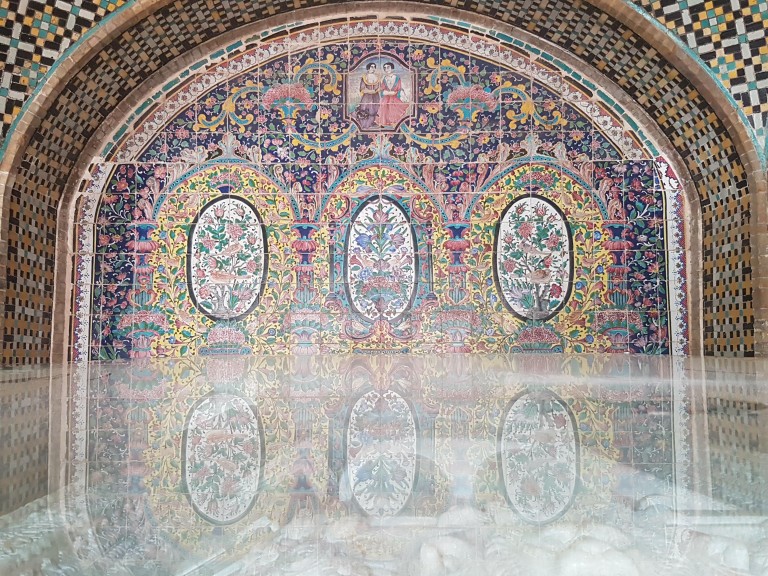
I’m not the kind of person who travels to a new, exotic country and returns saying, “this is such a beautiful country but so poor, yet the people have so much to offer.” Yes, I’ve seen some parts of Iran which are poor, but I’ve seen amazing buildings, skyscrapers, beautiful city centres, and metros under construction. I’ve met adorable people, really helpful and friendly. I’ve been to countries where meeting a foreigner means, for the locals, take a selfie. In Iran, it meant: ask where they are from, why they are here, if they like the city or the country (and the food).
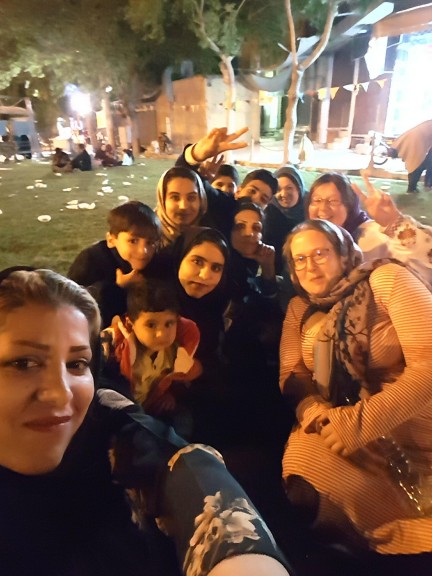
Case in point: The 12th of May is a national holiday celebrating Imam Mahdi. As the biggest Shia country in the world, Iran celebrates 12 Imams, the last of which, Mahdi, supposedly disappeared and is meant to reappear in the end of times to rule and restore true faith. The evening before the occasion, there is free food at strategic places in the city of Isfahan, where I happened to be staying. So I decided to go for a free dinner: a soup specialty from Isfahan named Ash. Sitting on the grass, eating my soup, I was soon surrounded by two families and numerous kids, talking to me in English, Persian, and anything in-between, a mix of gestures and smiles, asking where I was from and what I liked best in the city.
I was amazed at the trust the people I met put in us foreigners there, imagining us as carriers of hope.
We were even told: “Don’t tell us that you have problems in France and Germany, too. You’re our only hope, our hope for a better future and democracy. All other alternatives have failed”.
As I asked a friend I met in Isfahan what the consequences of Trump’s withdrawal from the nuclear agreement would be, he told me with a smile that Iranians are so used to drastic changes that they laugh at everything, including international crises.
I do hope that our governments in Europe will stay firm in their will to stick to this agreement, so that Iranians can keep on living at least decently, and keep on hoping for a better future. And so that visitors from Western countries can keep seeing for themselves what this amazing country has to offer.

